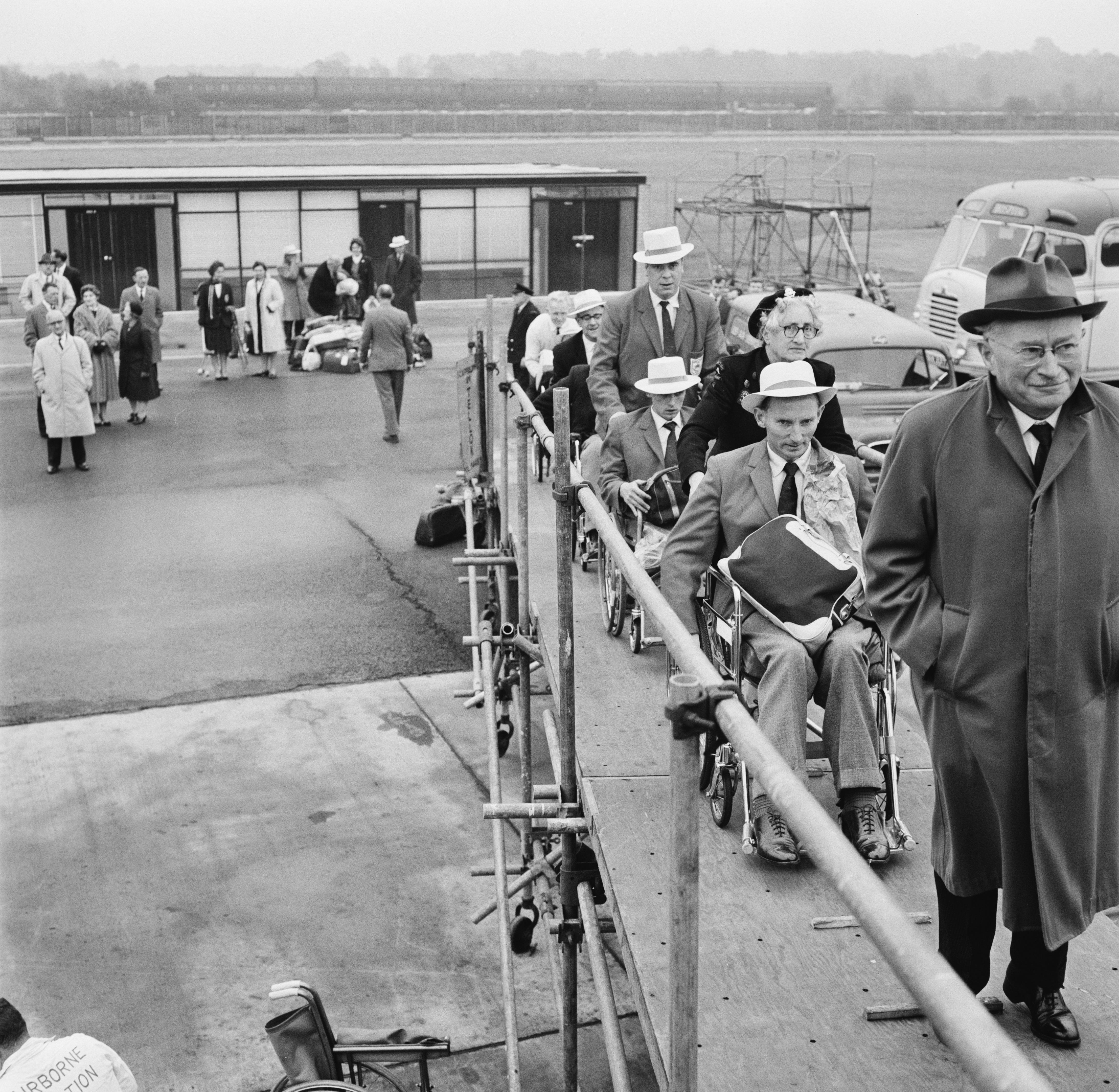Sir Ludwig Guttmann: Who is the pioneer of the Paralympic movement?
After fleeing Nazi persecution, Guttmann arrived in England in 1939 as a refugee and advanced his research in paraplegia

The German-born British neurologist, Sir Ludwig Guttmann, founder of the Paralympic movement, has been celebrated in a Google’s Doodle celebrates on what would have been his 122nd birthday on 3 July.
After fleeing Nazi persecution, Guttmann arrived in England in 1939 as a refugee and advanced his research in paraplegia.
As one of the founding fathers of physical activities for people with disabilities, Guttmann pioneered the Stoke Mandeville Games, which later evolved into the Paralympic Games.
In 1943, the UK government appointed him as the National Spinal Injuries Center director at Stoke Mandeville Hospital. In 1948, Guttmann organised a 16-person archery contest, one of the first official competitive sporting events for wheelchair users. His passion for patient care never faltered and he also founded the International Medical Society of Paraplegia.
Guttmann received numerous accolades for his contributions, and was knighted by the Queen in 1966.
Born in Tost, Germany, what is now Toszek, Poland, Guttmann believed that sport was an essential method of therapy for the rehabilitation of injured military personnel, helping them build up physical strength and self-respect.
Baltimore-based artist Ashanti Fortson wanted Saturday’s Google Doodle to reflect the amazing capabilities of human bodies.
"Living with a disability has many facets to it, but one of the most acute struggles of disability — no matter the form that disability takes — is the constant navigation, negotiation, and denial of equitable access," Fortson said.
Fortson's work involved figuring out how to depict each of the letters in the form of a Paralympic athlete. Fortson said there was a tendency to see accomplished disabled people and label them "inspiring" through a non-disabled lens.
"While the intent is positive, that attitude ends up dehumanising us: it frames us as amazing ‘in spite of"’our disabilities, and it doesn't acknowledge the systemic barriers that prevent many disabled people from achieving their goals,” they said.
Guttmann died aged 80 on 18 March, 1980, having suffered a heart attack five months earlier.
Join our commenting forum
Join thought-provoking conversations, follow other Independent readers and see their replies
Comments